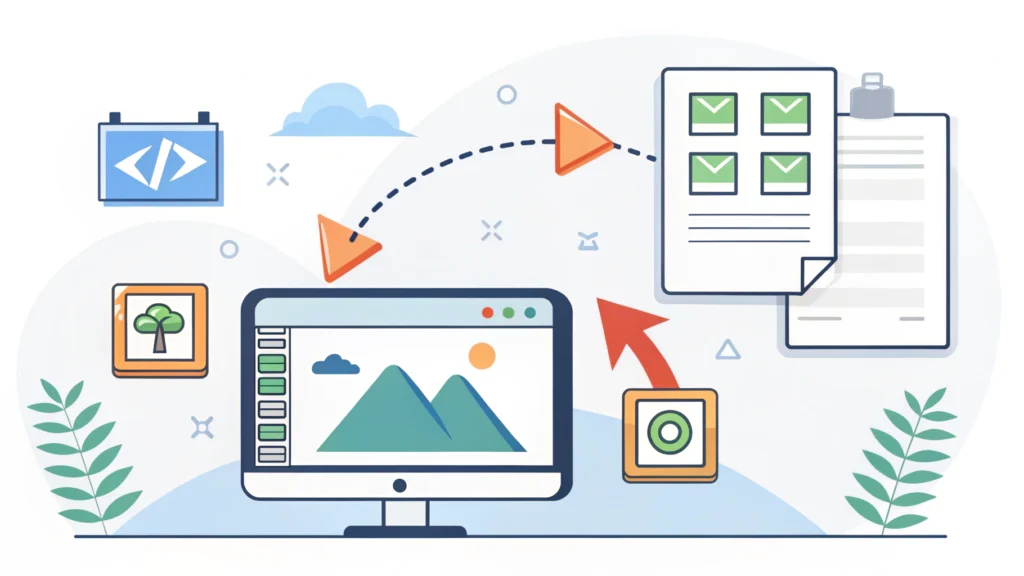Introduction
In today’s fast-paced tech landscape, coding assistants powered by AI have become invaluable tools for developers. My journey of building Vajra, an AI coding assistant, has been a blend of passion, challenges, and learning. In this post, I will walk you through the steps I took, the tools I used, and the insights I gained along the way.
Step 1: Defining the Vision
The first step in building Vajra was to define its purpose. I wanted to create a coding assistant that could:
- Understand and generate code snippets in multiple programming languages.
- Provide real-time debugging assistance.
- Suggest improvements and optimizations for existing code.
Step 2: Selecting the Right Technology Stack
Choosing a technology stack is crucial for any project. For Vajra, I opted for a combination of:
- Python: For backend development and AI model implementation.
- Flask: To create a lightweight API.
- JavaScript: For the frontend interface, ensuring a seamless user experience.
Additionally, I utilized tools like the JS Minifier for optimizing my JavaScript code and keeping the application lightweight.
Step 3: Developing the AI Model
The core of Vajra is its AI model, which I developed using the following steps:
- Data Collection: I gathered a vast dataset of code snippets and documentation from various programming languages.
- Model Training: Utilizing libraries such as TensorFlow and PyTorch, I trained the model to understand syntax and semantics.
- Integration: The trained model was then integrated into the Flask API, allowing it to respond to requests from the frontend.
Step 4: Building the Frontend Interface
For the frontend, I wanted an intuitive interface where users could interact with Vajra. Here’s how I approached it:
- HTML Structure: I structured the HTML for clarity and accessibility. Using the HTML Minifier, I ensured that the final output was optimized for speed.
- Styling with CSS: I designed the interface with user experience in mind, ensuring that it was responsive and visually appealing. The CSS Minifier helped streamline the styling files.
- JavaScript for Interactivity: I added JavaScript functionalities to handle user inputs and display responses from the AI model dynamically.
Step 5: Testing and Iteration
Testing is an integral part of the development process. I conducted several iterations of testing, which included:
- User Testing: Inviting fellow developers to interact with Vajra and provide feedback.
- Performance Testing: Using various tools to measure the speed and efficiency of the application.
FAQs
What programming languages does Vajra support?
Vajra currently supports Python, JavaScript, Java, C++, and many more. The goal is to continuously add more languages based on user feedback.
Can I contribute to the Vajra project?
Absolutely! The project is open-source, and contributions are welcome. You can find the repository on GitHub.
How does Vajra handle errors in code?
Vajra utilizes a combination of static analysis and AI-driven suggestions to identify and recommend fixes for errors in your code.
Conclusion
Building Vajra has been an incredibly rewarding experience. From defining its vision to developing the AI model and creating an engaging user interface, every step presented unique challenges and learning opportunities. I hope this journey inspires other developers to explore the fascinating world of AI and coding assistants. For further resources and tools that can aid your development process, check out the WebToolsLab (All Tools) page for a comprehensive list of utilities available for developers.
